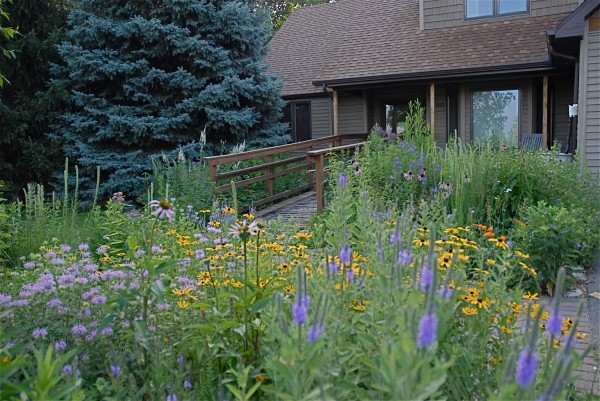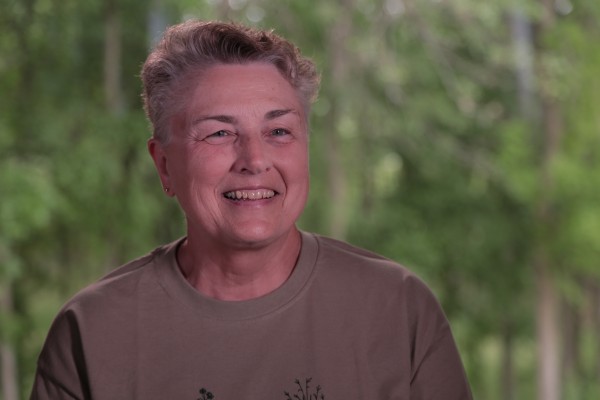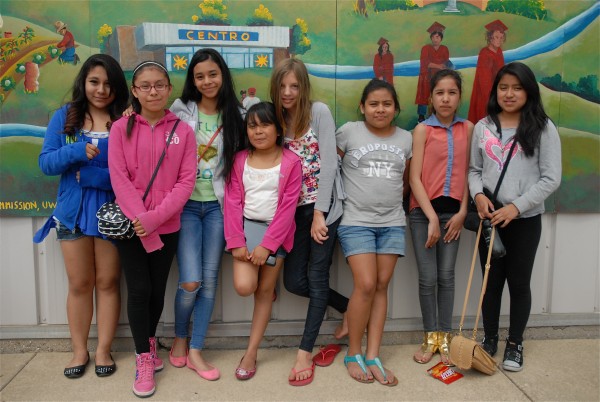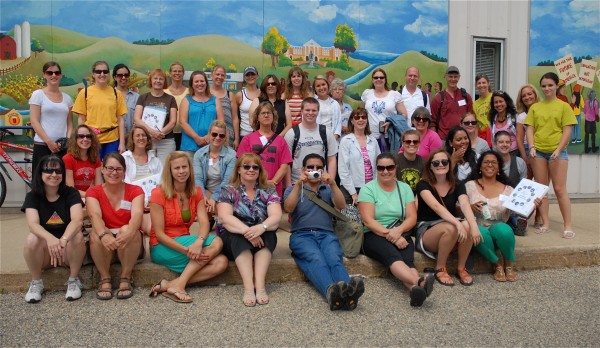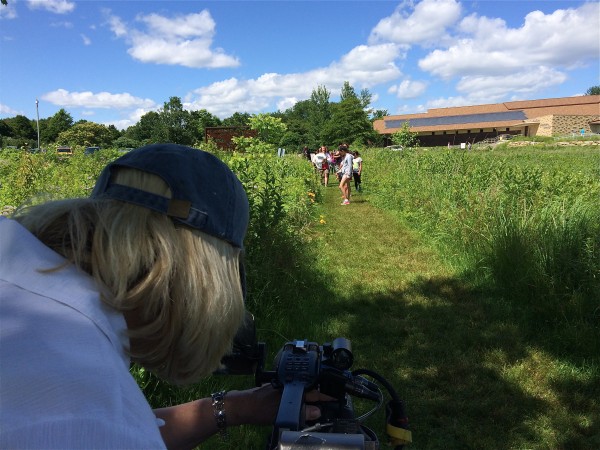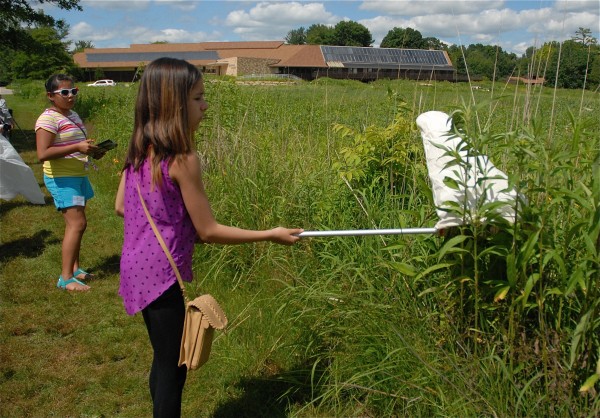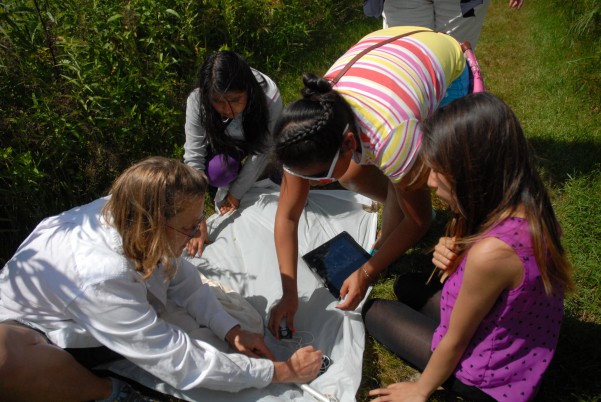35 Years of Wildness!
The Meadow Project has spent most of the post 4th of July weeks roaming around Wisconsin, visiting people and organizations we call Habitat Heroes. The Wild Ones Natural Landscapers was on our radar as one of the oldest organizations in the mid-west to have a mission of “promoting environmentally sound landscaping practices to preserve biodiversity through the preservation, restoration and establishment of native plant communities.”
I discovered Wild Ones while researching Urban & Suburban Meadows and was extremely impressed with their history and accomplishments in environmental health. I was so excited by their work I wrote a blog post for Native Plants and Wildlife Gardens, In Praise of Wild Ones.
Wild Ones formally began in 1979 in Wisconsin, a state with a rich heritage of environmental activism. Thirty five years later they have spread to fourteen states with over 40 chapters. Not only have we been able to follow Wild Ones activist Ned Dorff, we were able to sit down with Executive Director, Donna VanBuecken for an interview for Hometown Habitat.
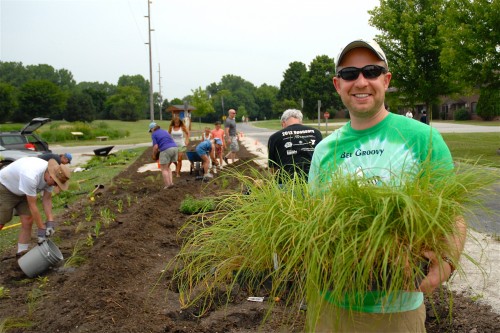
Wild Ones Ned Dorff works with other volunteers to plant the Kress Library Native Plant Garden along the Fox River Trail.
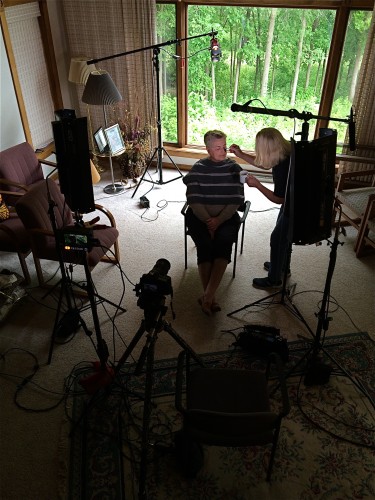
Behind the scenes of Hometown Habitat interviewing Wild Ones Executive Director, Donna VanBuecken-just a touch of powder! photo Rick Patterson
Donna spoke eloquently of Wild Ones co-founder Lorrie Otto, naturalist and crusader for healthy, pesticide free yards and towns. Lorrie’s battle to ban DDT resulted in Wisconsin being the first state to outlaw the deadly pesticide and two years later it was banned nationally! The Wild Ones’ thirty five years of activism is grounded in Lorrie’s philosophy;
“If suburbia were landscaped with meadows, prairies, thickets, or forests, or combinations of these, then the water would sparkle, fish would be good to eat again, birds would sing and human spirits would soar.”
“One person can make a difference”, Donna says. “Lorrie Otto started in 1977 just to try to heal the earth, one yard at a time. Through her insistence, that people become knowledgeable about native plants and natural landscapes, we have become Wild Ones. From a group of seven people, we have become four thousand and growing!”
Lorrie Otto, Donna VanBuecken, Ned Dorff and Wild Ones all over the country, congratulations on 35 years of wildness! You are true Habitat Heroes!
For a more in depth look at Wild Ones see my blog post in Native Plants and Wildlife Gardens.
For great natural landscape resources or to start up a Wild Ones chapter visit Wild Ones Natural Landscapers

